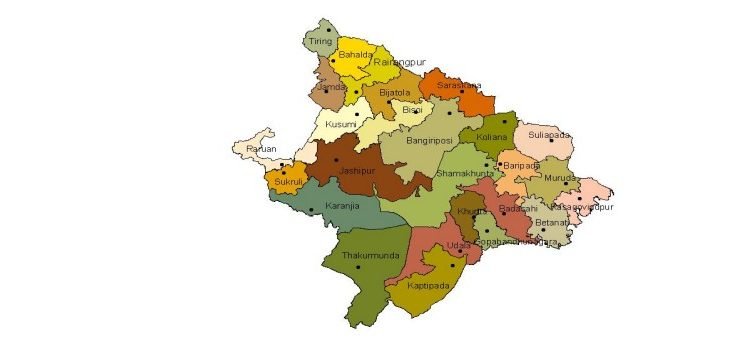No to Bifurcation: Mayurbhanj Maharaja Vows to Protect District’s Unity
Mayurbhanj at the Crossroads: Progress vs. Heritage
A District of Pride and Identity
The largest district of Odisha, Mayurbhanj, covering over 10,500 square kilometres, is celebrated for its Chhau dance, Similipal tiger reserve, and Santhal culture. But today, whispers of an administrative division have grown louder, sparking sharp debate between those advocating development and those determined to preserve the region’s deep-rooted tribal traditions, royal lineage, and cultural identity.
The Proposal: Breaking Up Mayurbhanj
The proposed plan reportedly seeks to carve out 12 blocks from Bamanghati and Panchpir subdivisions to form a new district, leaving Baripada and its surroundings intact. Proponents argue that splitting the unwieldy Mayurbhanj—currently consisting of 26 blocks, 404 gram panchayats, and nine assembly constituencies—would streamline governance. Yet critics warn that dividing the region risks erasing the shared identity nurtured since the days of the princely state.
Electoral Ripples
The division has strong political implications. Out of nine assembly constituencies, seven fall under the Mayurbhanj Lok Sabha seat, while Badsahi links to Balasore and Karanjia connects to Keonjhar. Any redrawing of boundaries could shift electoral calculations, raising concerns among both politicians and local communities.
Royal Opposition: A Historic Bond
In his first public reaction, Maharaja Praveen Chandra Bhanj Deo fiercely opposed the move.
“We shall never permit the district to be divided,” he declared, warning that splitting Rairangpur and Baripada into separate districts would mark the end of historic Mayurbhanj.
For the royal family, the proposed division threatens not only administrative unity but also the cultural and ecological legacy nurtured since the reign of Sriram Chandra Bhanj Deo. Echoing historians, the Maharaja framed the issue as one of land and soul, a heritage bond that should remain unbroken.
Voices for Development
On the other side, supporters argue that the division would bring services closer to far-flung areas, reduce travel distances, and ensure faster delivery of justice and development. A villager from Panchpir noted:
“With a smaller unit, progress will be faster and more accessible.”
Advocates believe the district’s vast size often leaves peripheral areas under-served, and a split could bring much-needed balance.
Tribal Concerns and Cultural Fears
However, Santhal and Ho tribal leaders remain worried. They fear the move could fragment their forest rights struggles and weaken the cultural unity of festivals like Mage Parab. Opponents also warn of potential job losses, bureaucratic confusion, and the erosion of prestige for what was once a proud gadajat (princely) state.
A Pattern in Odisha’s Governance
This debate is part of a broader state trend. Odisha’s number of districts has expanded from 13 to 30 since 1993, reflecting a push toward administrative efficiency. Mayurbhanj, with its 2.5 million people and vast biodiversity, now faces the question: Should efficiency triumph over heritage, or will tradition and royal resistance prevail?
The Road Ahead
For now, the government remains tight-lipped, though sources suggest a decision is close. As elections loom, the outcome will not only redraw Mayurbhanj’s map but also redefine its cultural identity and political fabric. The battle over Mayurbhanj is no longer just about governance—it is about whether progress or tradition will shape the future of Odisha’s largest district.



Comments are closed.